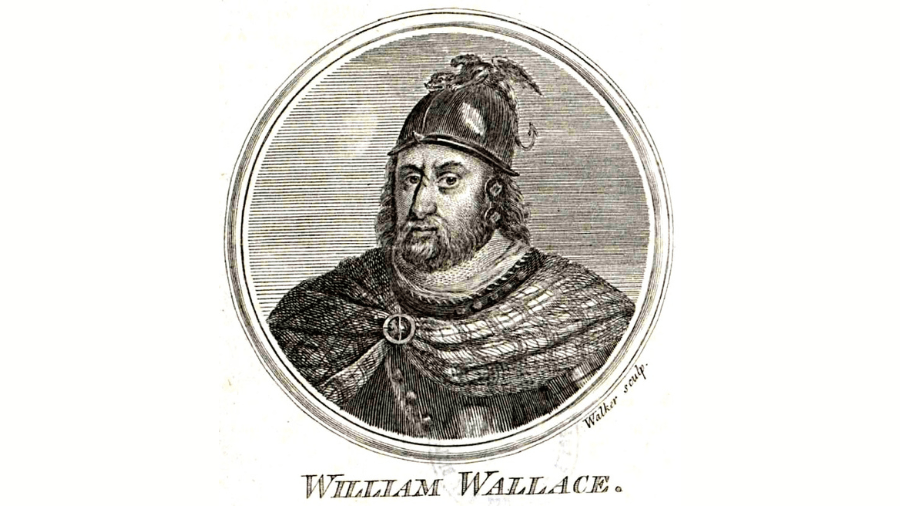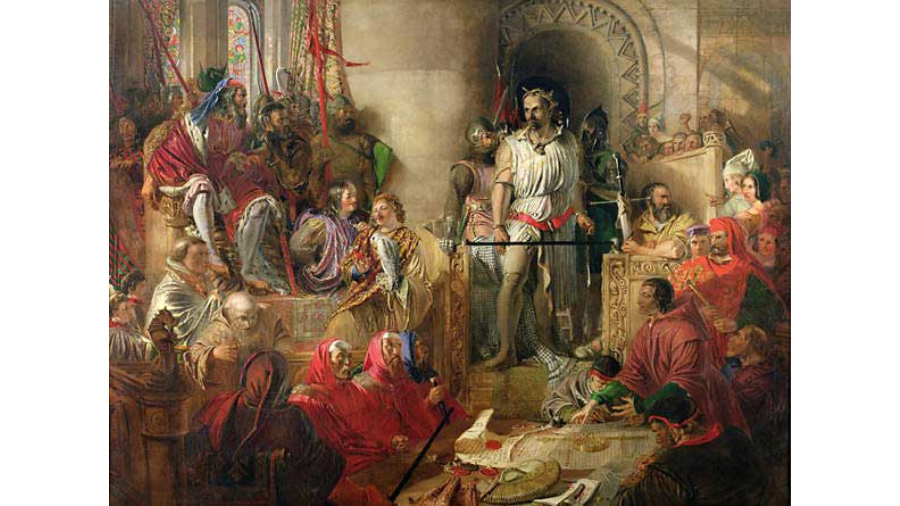The Horrifying Execution of William Wallace
14th Aug 2024
Learn more about Sir William Wallace, Braveheart and other rebels on a personalised history tour. Craft an experience tailored to your interests in Scotland’s past.
If you've seen Braveheart, you’ll remember the classic scene where a blood-strewn William Wallace — aka Mel Gibson — is spread-eagle on an execution scaffold as a grubby medieval crowd looks on in horror.
Wallace is urged to beg for mercy to bring his torture to an end. But he refuses, shouting “Freedom!” instead. The crowd looks stunned, the great axe falls and the film's stirring soundtrack swells to a climax.
It’s dramatic stuff. But how did William Wallace die in real life, and was it even more dramatic? How historically accurate is Mel Gibson’s William Wallace in Braveheart?
The trial of Sir William Wallace
A thorn in the side of the invading English King.
The depiction shown in Braveheart is the silver screen version, of course. That fateful day was far less Hollywood for the real William Wallace. In 1305, it was much more brutal and horrifying.
The great Scottish freedom fighter was captured in Glasgow, Scotland, carried to Dumbarton Castle and brought to London a few weeks before his execution.
At this point, he'd been a thorn in the side of England’s King Edward I for years. He was declared a traitor to the English king — despite being a Scot!
And his trial at Westminster Hall wasn't really a trial at all. Wiliam Wallace's death and the trial leading up to it was made into a public spectacle.
There was no jury or opportunity for Wallace to defend himself and he knew all too well what was coming next. He was sentenced to be hanged, drawn and quartered the same day of his trial on 23rd August 1305.

How did William Wallace die?
If you’ve just had your breakfast, you might want to skip this bit...
William Wallace's execution was a bloody affair.
Wallace was first dragged naked behind a horse to his place of execution, being jeered and booed by onlookers the whole way. He was hanged and emasculated while still alive, his ‘privy parts’ burned in front of him.
The executioner then cut Wallace open, pulled out his entrails, removed his heart and quartered his lifeless body — parts of which were sent to Newcastle, Berwick, Perth and Stirling for public display.
Wallace’s head, meanwhile, was dipped in tar and placed on a spike on London bridge, a grisly reminder to others of King Edward’s ‘justice’.
There’s no record of Wallace yelling ‘Freedom!’ while this was going on, like in the movie. Undoubtedly, the man had other things on his mind at the time.
Is Braveheart historically accurate?
History or Hollywood?
The short of it is no, it is not accurate, though occasionally it gets things right. Much of Braveheart's William Wallace is based on a 15th-century epic poem and not the real-life narrative.
From the clothing worn to the story’s timeline, little in the film lines up with real history. Ironically, the famous Battle of Stirling Bridge is depicted... with no bridge.
Ultimately, it’s unsurprising (if disappointing) that Hollywood took so many liberties with the story of Sir William Wallace. At least the film introduced the world to an important part of Scottish history: the Wars of Independence.
We won’t comment on Mel Gibson’s Scottish accent, though...
Interested in learning more about this type of history? Craft a personalised tour experience and join us for a Private Tour of Edinburgh.

